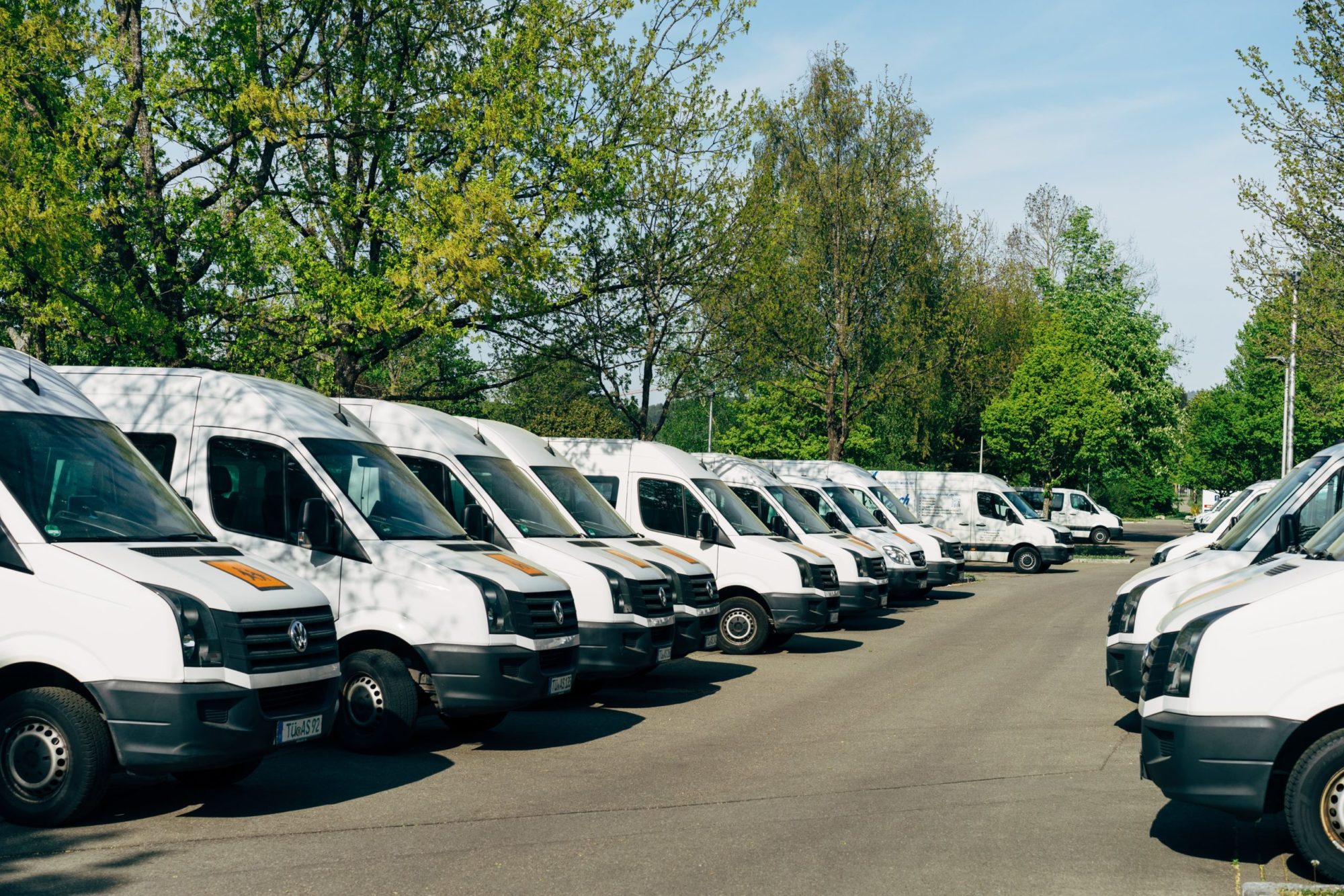Every retailer plays a balancing act between customer satisfaction and cost. One of the biggest drivers for both metrics is final mile delivery. Customers want a seamless and efficient delivery experience while retailers want to minimize costs for the segment that accounts for over 50% of the total transportation cost of a product. Operating at the optimal balance for final mile delivery is essential in today’s marketplace to remain competitive. Understanding the drivers behind final mile delivery and areas of opportunity are key points to develop an optimized network.
When considering the cost drivers behind final mile delivery, it is important to understand how they should be applied into your optimization. The most common way to break down cost drivers is between fixed and variable costs. Fixed costs will not change based on the amount they are used. For example, the outright purchase of a new delivery truck for $100,000 will not increase or decrease on how many miles the truck is driven. It will remain constant at a purchase price of $100,000 whether it is driven 1000 miles or 10 miles a day. Other common fixed costs include lease payments, permits and licenses, and administrative costs. Variable costs, on the other hand, change based on the amount they are used. Fuel, for example, varies in total cost based on how much a vehicle is driven. If a vehicle drives 50 miles for a delivery, the cost of fuel will be much higher than if the delivery was only 5 miles away. Other common variable costs include driver wages, repair & maintenance, tires, tolls, and insurance. Understanding how each of these variables play into the optimization of your network is critical and allows you to accurately explore how changes to network composition and business rules can make your operation as efficient as possible.
The most attainable opportunities when optimizing your final mile network are changes to internal business rules and decisions as you have the most control over these changes. Using vehicle routing software, you can perform an operational analysis to optimize driver’s routes, maximize trailer utilization, reduce mileage, and reduce driver hours and overtime. These opportunities provide savings by decreasing common variable costs mentioned above – fuel, driver wages, repair and maintenance.
Taking the analysis a step further, you can perform strategic analysis to optimize your final mile fleet composition regardless of if you are leveraging a private, dedicated, or hybrid fleet. Strategic analysis of your final mile network looks at the broader picture to help identify the correct asset types to leverage for your deliveries – a mixed fleet of sprinter vans may be more optimal for your delivery network in dense urban areas even if more vans are required for delivery compared to larger box trucks that may not be as accessible in the city. These analyses will help identify not only the correct type of assets required to service the network but also provide the optimal counts of assets and drivers needed…
Another opportunity area for final mile optimization is looking at external factors of your delivery network. Often these opportunities are more difficult to capture than internal opportunities. However, quantifying these potential opportunities, such as shifting customer delivery windows or delivery days, can provide leverage and justification for change to customers by providing discounts or increased service as outcomes of these changes.
Outside of changing customer business rules, additional tools can further improve final mile delivery, such as delivery visibility. Providing increased visibility to customer deliveries not only provides improved customer satisfaction, but also savings in the long run through a reduction in costly redelivery fees of $17 on average by better informing the customer on when to expect the delivery reducing the chance of a failed delivery.
Whether you are looking to make changes to internal or external factors in your network, the fact remains that these analyses are critical in sustaining success in the final mile. Optimizing your final mile network will provide a satisfying experience for your customers and keep your business profitable.
Interested in learning more about our solutions? Reach out today at info@bricz.com to connect with one of our subject matter experts to get started.
Contributor: Patrick Humen, Senior Supply Chain Consultant at Bricz
